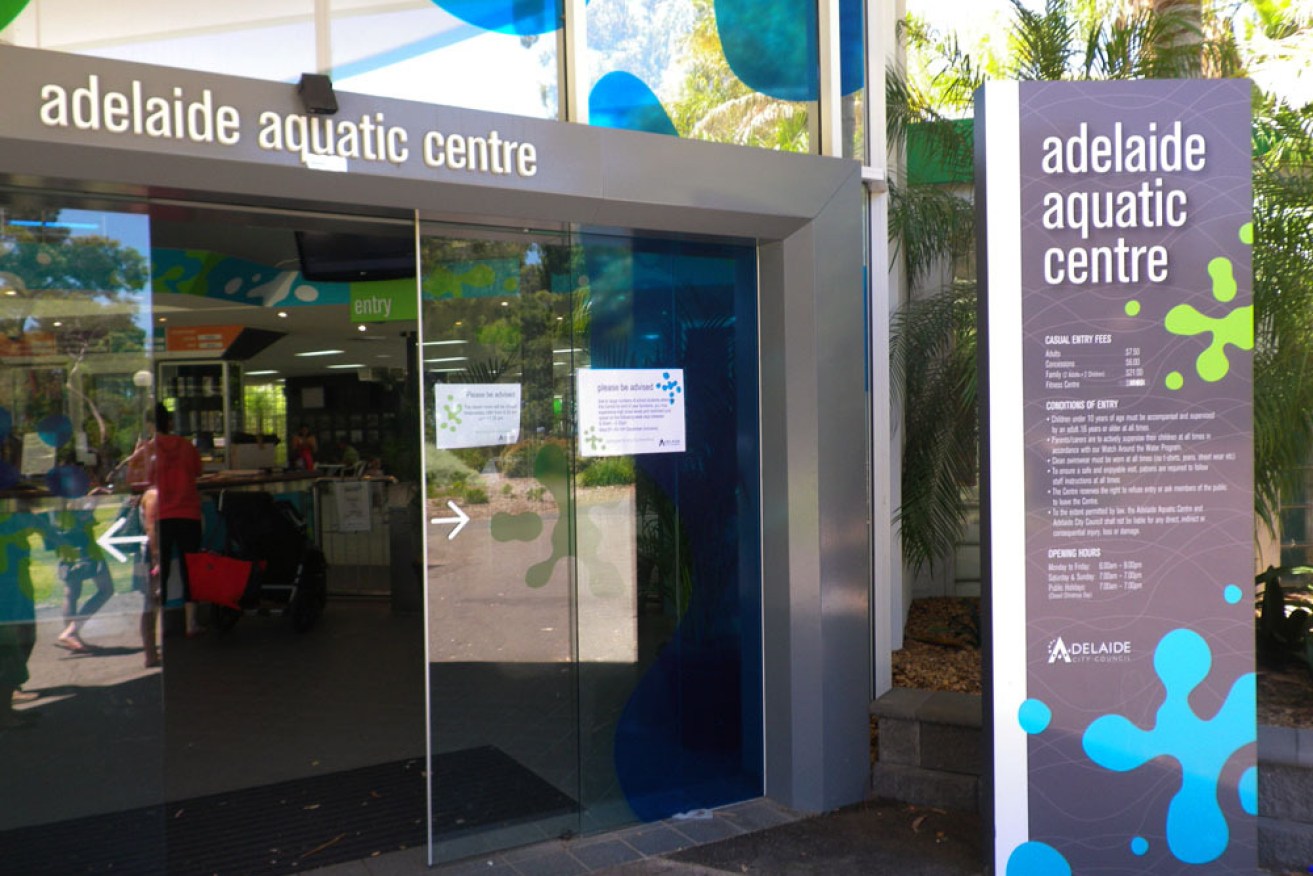Your views: on a Crows’ city HQ, free city bus and mining farmland
Today, readers question the lack of public consultation on a Crows’ bid for a North Adelaide park lands home, ask why city ratepayers fund a city transport service, and observe the environmental impact of farming compared with mining.

Photo: InDaily
Tell public what’s going on with Crows’ park lands push
Commenting on the story: Public won’t be consulted on Crows’ park lands build – for now
It is surprising that the Adelaide City Council does not feel it has enough information to consult the public on what the Adelaide Crows would like to build in Denise Norton Park/Pardipardinyilla (Park 2).
It’s surprising because the Crows themselves have been very clear about what they want to put there. According to their CEO Andrew Fagan, the claim will include “training and administration headquarters” and a school for future “administrators and coaches”.
Supposedly, according to Mr Fagan, such a building would magically transfer benefits to “regenerate the O’Connell Street retail precinct” more than a kilometre away.
If the Crows have a new corporate KPI of generating retail sales for unrelated businesses, then perhaps they are looking at the wrong location. 88 O’Connell Street is currently looking for a developer.
The Council’s response to the Crows wish for a multi-million dollar sports franchise headquarters on public Park Lands should have been a simple and resounding “No.”
Park ands planning undertaken at great expense with the community in 2015 did not suggest anything of that character ought be a priority for Adelaide’s National Heritage-listed park lands.
Having voted unanimously on 11 December against a private hotel in Park 26, it beggars belief that a similar corporate grab for Park 2 has got past what the Council euphemistically refers to as “Stage 1” of a “proper process”
When someone lodges an unsolicited bid to relieve you of your purse or wallet, how many stages of proper process are required to assess the offer? – Shane Sody
The Aquatic Centre is a highly valued mecca for swimmers from the city, as well as the eastern, inner western and northern suburbs, catering as it does for a diverse population of children, school groups, recreation swimmers and many regulars, young and old, disabled, and people who just prefer the benefit of exercising in the water. The gym and spas are also popular.
Money has been spent upgrading the facility, especially the children’s pool and the roof in recent years. Marion is excellent but it is too far from the city.
There are many people who can’t afford private pools and gyms. The City Council needs to keep it open for general public use.
The State Government could pitch in with a grant, instead of donating more of our parklands and taxpayers money to a powerful football club that has received plenty of support from the public purse for decades. – Margaret Dodd
Weighing up the cost of a free bus service
Commenting on the story: Free city bus detours around funding roadblock
I am a regular and frequent user of this service. I have one observation: typically about a third of users are visitors to the city – tourists of one kind or another. It’s an attraction.
Maybe this raises a more general point about city amenities: why should we city residents foot these bills to such an extent?
Hello State Government! Oh, goodbye, we have a hotel on public land to license. Outrageous. – Chris Timms
Need for balance in mining v farming debate
Commenting on the story: Mining reform in a hole as minister digs in on veto
I have had farmers say to me: “You can’t eat rocks”.
I say to the farmers: “You can’t drive a loaf of bread”.
There has to be a “balance”, we are constantly told. This is a false equivalency.
Look at the area of land destroyed for broadacre agriculture – 60,000 square kilometres in South Australia cleared of all native vegetation and native animals, whole ecosystems destroyed so that crops can be grown.
Look at the area destroyed in South Australia by mining- less than 0.1%
We all want out cars, our computers, our mobile phones, our houses, almost everything that builds society. There are costs that we have as a society for all of these things.
If a deposit of copper is found in farming land it should be allowed to be exploited, unless we are starting to starve. South Australia exports far more wheat and barley than it uses, so if a few square km of productive land is destroyed by mining, no great loss, we are not all going to starve to death.
The landholders are entitled to compensation under the existing Mining Act, and they generally do very well out of it, the mining companies compensating far more than what the land is worth.
There is a lot of mis-information out there regarding how the current Mining Act works, much of it spread by activists and NIMBYS with the “Shut The Gate” campaign.
The mineral resources belong to the government (or the Crown), thus they are there for all South Australians. The Government does not have the expertise to exploit mineral resources, which is why the Government issue licences to companies to discover and mine these resources, in return for royalties, export dollars, jobs, growth. – Richard Hill
Want to comment?
Send us an email, making it clear which story you’re commenting on and including your full name (required for publication) and phone number (only for verification purposes). Please put “Reader views” in the subject.
We’ll publish the best comments in a regular “Reader Views” post. Your comments can be brief, or we can accept up to 350 words, or thereabouts.
InDaily has changed the way we receive comments. Go here for an explanation.




